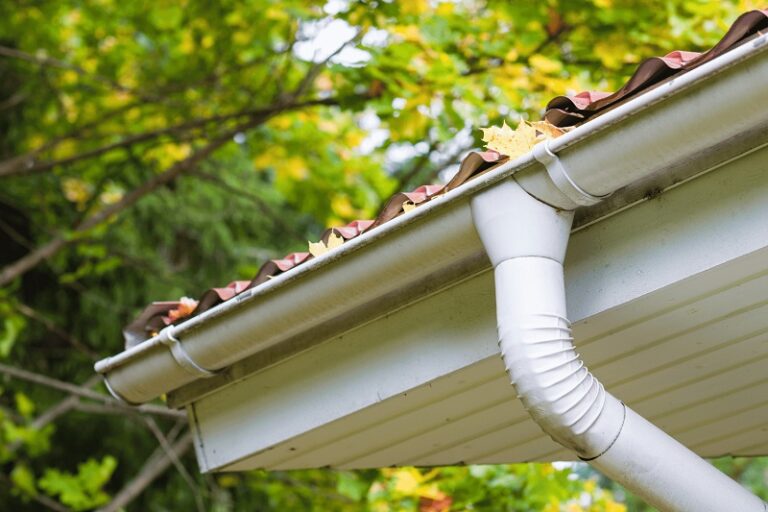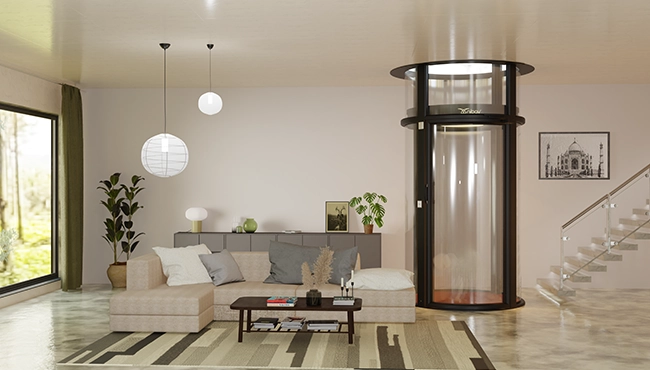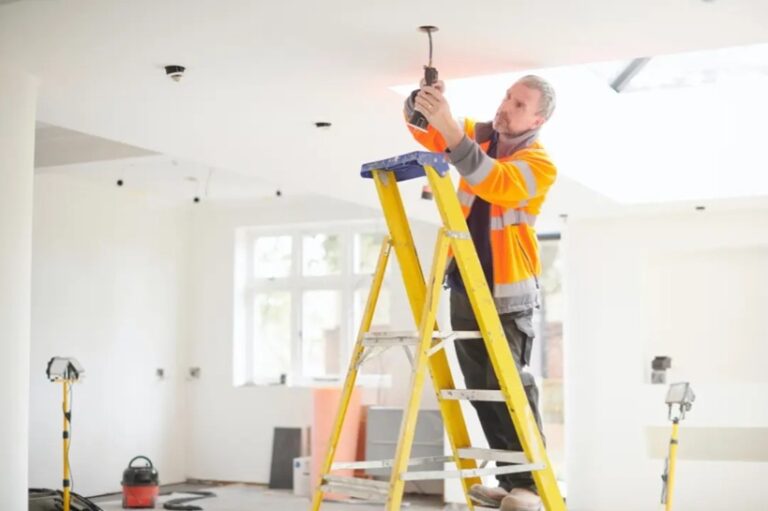
In Canberra and other parts of Australia, having a hot water system can prove to be quite convenient, particularly during the cold winter months. However, it can be a hazard too if operated improperly and needs A.O.Smith Commercial Water Heater Repair hayward ca. This article lists down some water heater safety tips that you should know.
Proper Ventilation
One of the primary things that you need to do to ensure the safe use of your water heater is to provide proper ventilation for your system. The expert plumbers that offer gas hot water repair Canberra locals rely on suggest that you check whether its vents, as well as its vents with drafts, are properly placed. You should also check for the presence of defunct vents as all these can cause fumes that can go inside your home rather than outside.
In addition to this, check whether your heater vents are free of dips and whether they are properly screwed in. These should also go up and out rather than up and down. Your heater vents should also have the same diameter as your tank’s diverter.
Routine Tests
Another thing that you can do to ensure the safety of your water heater is to carry out routine tests, particularly on its temperature and pressure relief valve. This is the component of your water heater that is designed to keep it from exploding in case the temperature or the pressure rises above the safe limit. Unfortunately, these valves are prone to failure, which is why you should check them at least once a year.
All you need to do to check the valve is to pull up the handle and note that water should flow freely. From there, release the handle and note whether the water flow stops. The valve needs to be replaced if there is no water flow or you have noted minimal drips. Additionally, the drain lines of your water system should also go down and out rather than up.
You should also check the temperature settings of your water heater system regularly. You should not set the temperature settings of your system higher than what is specified by its manufacturer or anywhere above 120 degrees Fahrenheit. Ideally, your water heater should match the size and heating needs of your home, which means that a temperature setting at this range or beyond is unnecessary as it can be hazardous.
Carbon Monoxide Monitor Installation
To further reduce the risk associated with your water heater system, you can also install a carbon monoxide monitor, particularly if you have a gas-powered one. This proves to be beneficial in case fumes leak into your home. Keep in mind that carbon monoxide is colourless and odourless, which means that it can leak into your home without being detected if you don’t install a monitor or tracker.
Removal of Fire Hazards
As much as possible, remove any fire hazards near your water heater system, particularly if you have a gas-powered one. In this case, storing any flammable liquids anywhere near the pilot light of your system may lead to catastrophic effects. Even coats and jump ropes, as well as garbage or canisters, should be kept away from your water heater.
Make sure that your hot water system is operating properly because, in this way, you will be able to reduce the likelihood of any accidents occurring. Alongside this, you also need to ensure proper ventilation where your system is installed and carry out routine tests to be sure that the settings are appropriate. There is also the option for you to install a carbon monoxide monitor and more importantly, remove any fire hazards near your system. All these are geared towards the safe use of your water heater system.




